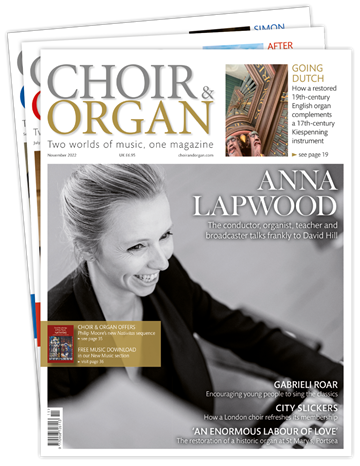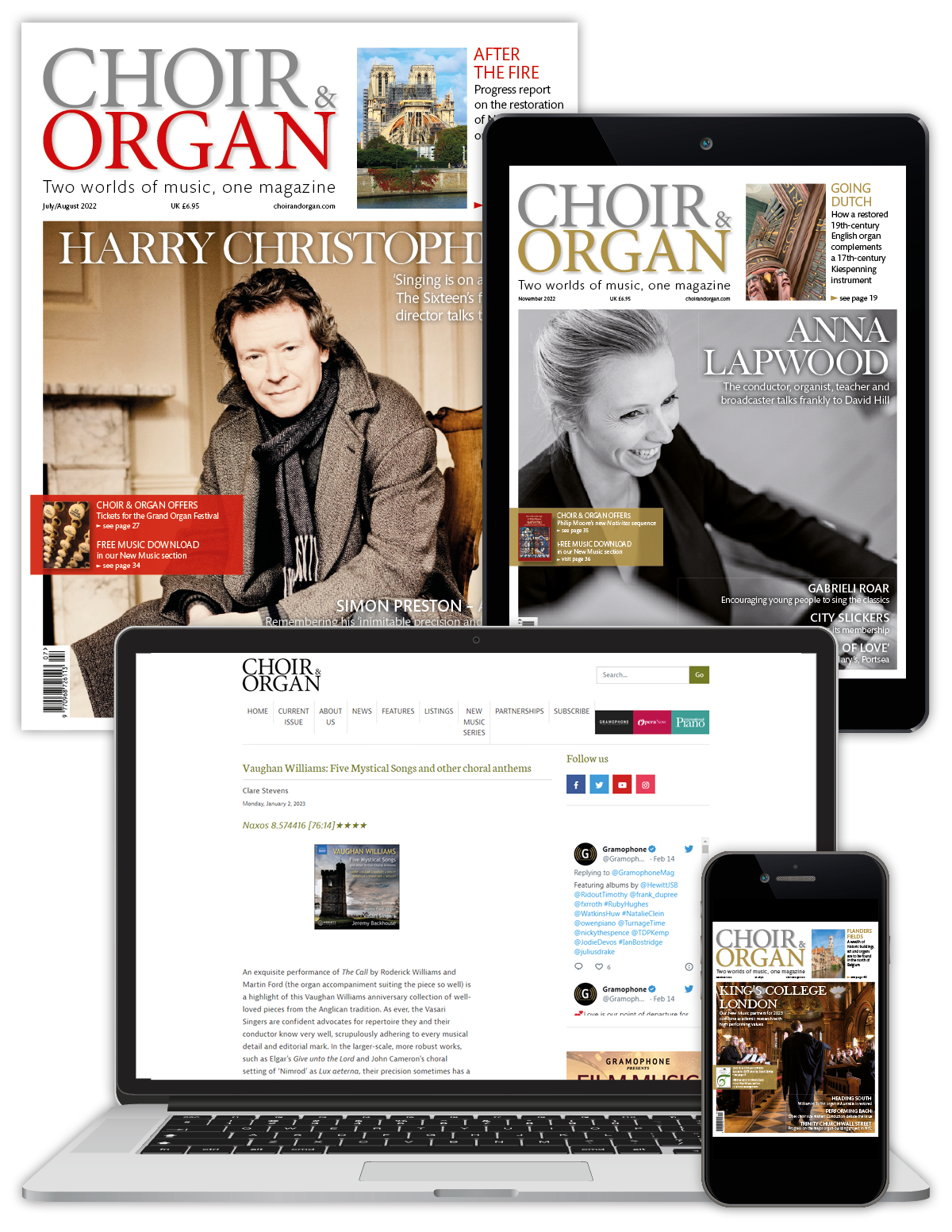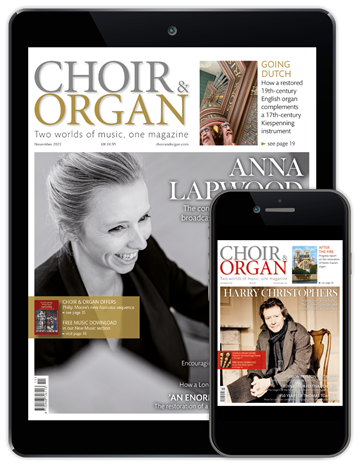Frederick Swann: Obituary
Haig Mardirosian
Sunday, April 2, 2023
His archetypal performance was self-assured, lustrous, multi-hued, inventive, and perceptive

COURTEY KAREN MCFARLANE ARTISTS INC
The titan among Americas organists and church musicians, Frederick Louis Swann, died at his Palm Desert, California home on 13 November. He was 91 years of age.
While the inventory of Fred Swanns triumphs would take many pages, one cannot recall him without acknowledging the exceptional positions he held: director of music at New York’s Riverside Church, the Crystal Cathedral in California, First Congregational Church in Los Angeles, and, at an age when nearly all musicians would have long retired from performing, artist-in-residence at St Margarets Episcopal Church in Palm Desert. He taught, variously, at the Manhattan School of Music and California’s University of the Redlands. His colleagues and the public alike accorded him universal esteem, an affection he refunded through his leadership and advocacy and his more than 3,000 concerts in all 50 of the United States and 12 countries abroad. From 2002 to 2008, he served as president of the American Guild of Organists. However impressive, such a precis scarcely conveys the genuine accounting of an extraordinary gentleman, creative artist, and role model.
Sometime in 1966, I stood beside Fred, poised to turn pages for his return engagement at the National Shrine of the Immaculate Conception in Washington, DC. He knew the setting, for he had inaugurated the hefty and prominent pair of M.P. Mőller organs two years earlier. In the intervening months, I had been appointed assistant organist of that Basilica. I was yet to become Fred’s student, but I knew him from my teen years in New York and my regular presence at concerts at the Riverside Church. We had met and chatted. But now, just seconds before the opening chords with hands raised above the Great manual, he volunteered an unexpected glimpse of inner artistry as he whispered, ‘I always go this far and wonder why’ With that, he launched into his archetypal performance: self-assured, lustrous, multi-hued, tempered, arousing, inventive, and perceptive. These were the essential virtues that seven decades of listeners awaited and admired. That Fred became a luminary in the organ world, a stabilising and commanding force in it, and a teacher quietly and kindly dedicated to the attainment of his students, surprised nobody.
Some may deem Fred the monumental organist – he who became associated with the biggest and best of places and instruments. Such towering assignments had undoubtedly typified his career. At each, he saw through crucial improvements and additions to already-Brobdingnagian instruments. His goal was hardly to render these more formidable, for Fred was a colourist first: he enjoyed coaxing unanticipated timbres from whatever he was called to play upon.
A common myth flowed that Fred’s utmost attainment lay in insightful accompanying, particularly in wringing the essence from oratorio keyboard reductions – in sum, an incomplete assessment. Hearing him palpably unmask the gnarled architecture of imposing solos such as Healey Willan’s Introduction, Passacaglia & Fugue dispelled the undemanding labels of ‘accompanist’ or ‘church organist’. To critics believing that his lucid performances warranted the slur ‘sterile’ (a denunciation by some during the years that he served alongside Virgil Fox as co-organist in New York), ample mementoes of Fred’s fecund imagination prevail. In a Riverside Church recital in the late 1960s, he ended with Vierne’s Carillon de Westminster in duet with the 73-bell tower carillon played by James Lawson as amplified and broadcast into the nave many storeys below. It was a finale surpassing any flash-bang theatrics of the jewelled organ shoe competition.
Fred was yet destined to take his widescreen musicality and style to new locales and wider audiences. I sat at lunch with him in Washington, DC during the 1982 convention of the American Guild of Organists. With characteristic unpretentiousness, yet flashing his sometimes-humorous edge, he mentioned, ‘I’ve sold out and am on my way to Hollywood.’ That day, his tone was more apologetic than ironic.
Like most genuine stars, Fred forgot neither his origins nor his principles. After a childhood in West Virginia and Virginia, he spent his teen years playing the organ at the Methodist church where his father was minister. From his schooling to his ascent in New York and Los Angeles to a worldwide standing, Fred upheld his good-humoured, self-effacing traits. Just as with his comment about ‘going this far’, his generous and supportive teaching (he once marvelled when I had prepared a tricky Bach chorale trio, saying, ‘You did that in just a week?’) and his kind-heartedness and magnanimity to the profession, the core of Fred Swann rested on his humanity. He was an unrivalled star, perhaps a reluctant star, who was a gift to those around him.
While lamented by so many, one suspects that Fred’s hope was that mourning should give way to the memories of the true j oys that he conveyed throughout a long and rich life and with such brightness and warmth.
He went far indeed. He need not wonder any longer.






